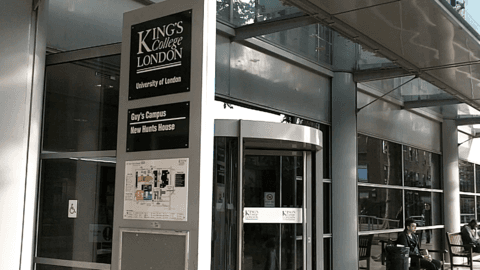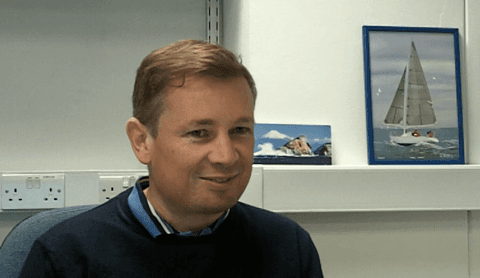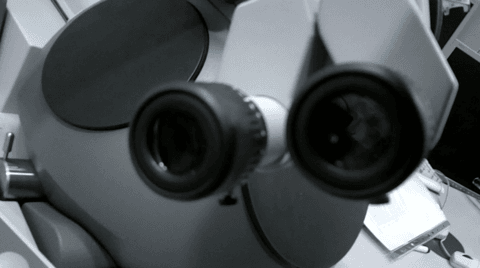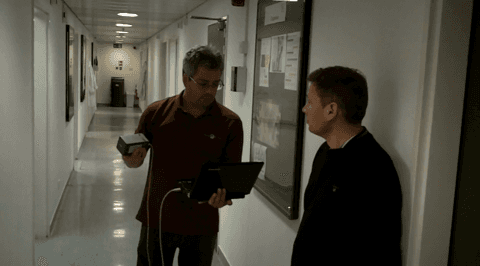Investing in future life science microscopy at the Centre for Ultrastructural Imaging
Spicer Consulting recently interviewed Dr Roland Fleck, Director for the Centre for Ultrastructural Imaging (CUI) at King’s College London, whose microscope facilities and capabilities are due to undergo a major transformation
CUI’s key role within life science research
My role is managing the facility, guiding the scientific direction and overseeing the current changes we’re proposing. We’re looking to upgrade the instrumentation from what’s been established over the last ten years or so, to new, modern, current generation technology.
The University is principally life-science
focused , we do have some users from physical and chemical sciences, but the unit itself has largely come out of the life science environment.
We carry out routine diagnostic work, such as renal biopsies for the NHS. We also do life science research which is very varied and includes research into cancer, neuroscience, age-related issues, infectious disease, hepatitis C and malaria.
The unit also acts as a core facility, providing all the electron microscopy for King’s College London.
Increasing microscopy capabilities through much needed upgrades
Our current equipment is at least ten years old and in some cases, considerably older. We have microtomes which are around 36 to 37 years old, so coming to the end of their usable working life. As the new director, I’m taking the opportunity with the University to upgrade the instruments and take CUI in a new direction.
When the instruments were last upgraded, LaB6
would have been considered a high end instrument and very appropriate for this type of environment. There would have been a large focus on more routine microscopes at lower accelerating voltages and basic scanning electron microscopes, with very little focus on Cryo techniques. Because of the way the industry has developed and the advancement of scientific techniques, there’s been a greater focus on higher-resolution TEMs. So we’re bringing in 200kV field emission systems, we’re upgrading our SEMs to bring in capabilities such as 3D imaging and focussing more on Cryo techniques, including Cryo microscopy and high pressure freezing.
Creating an environment free from field interference
Preparation is absolutely critical for the design phase, so we’re going through a series of steps within King’s to look at the current infrastructure. The building hasn’t been touched since it was built in the mid-1980s. The instruments we’re installing are high specification and we’re taking the opportunity to refresh the environment. In that, we require a detailed understanding of what we have to do to bring it up to modern standards.
One of the issues for Central London is fields that we have, undergrounds, overgrounds and other various problems. We have lots of power going to other aspects of the building and there’s a large NHS hospital nearby, which is also drawing significant amount of power.
So we’re undertaking a survey with Spicer Consulting to understand what fields are present and whether or not our new instruments would be within specification and how to mediate things if we have to.




